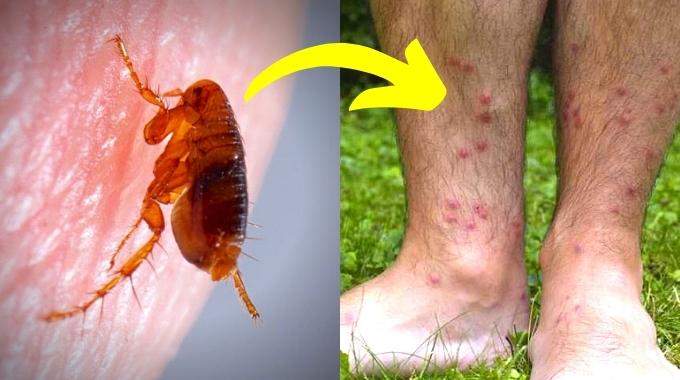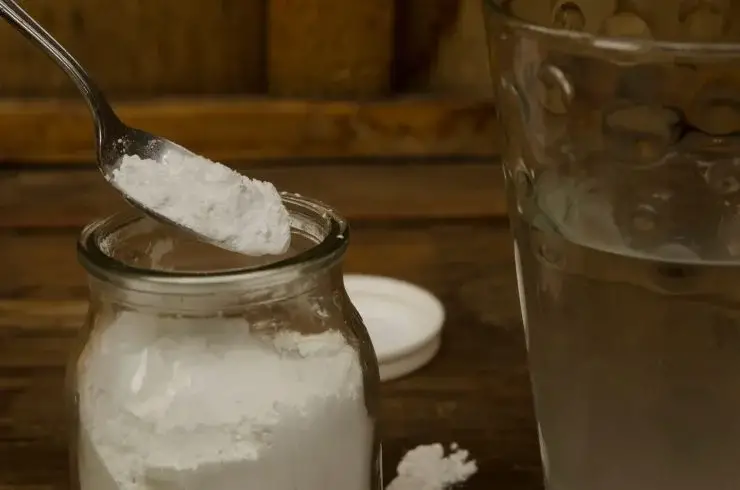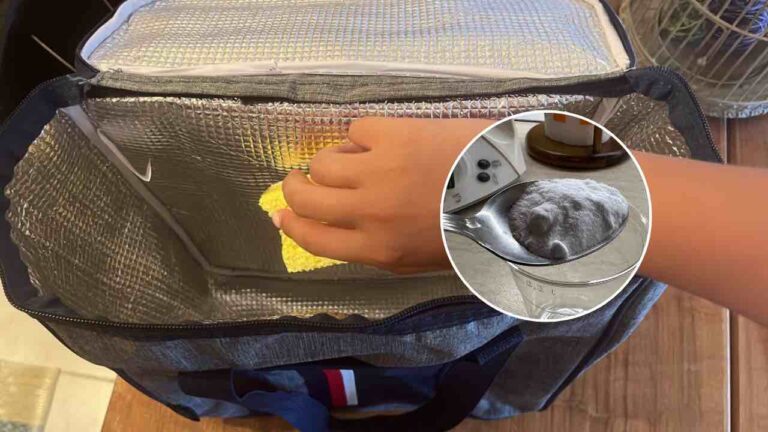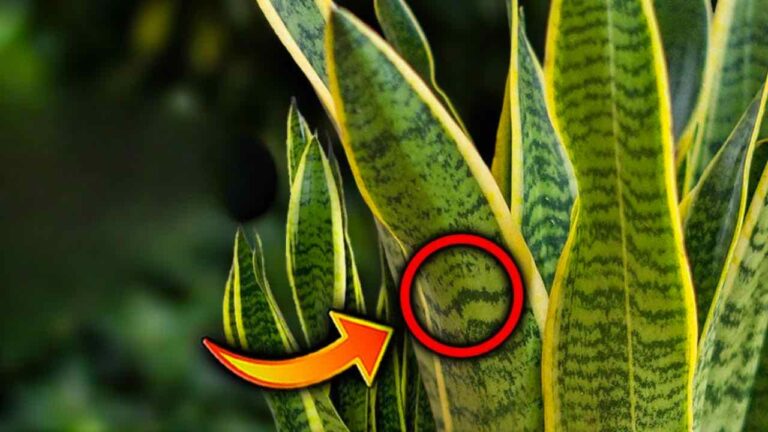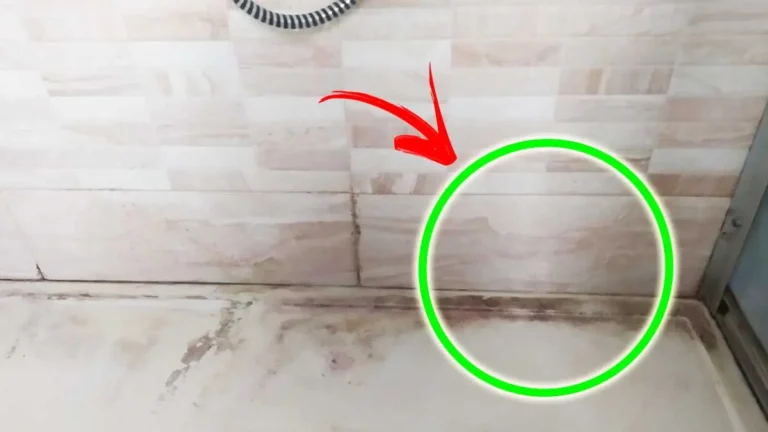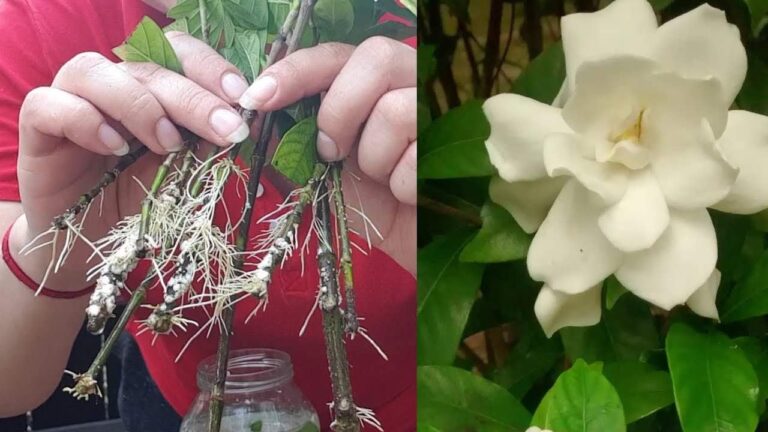Fleas in parquet: 10 tips to help get rid of them quickly.
Today I want to tell you how to get rid of some pretty annoying parasites: parquet fleas. Do you have itchy pimples on your ankles? Is your pet scratching? Don’t spend too much time looking for explanations; You have visitors! It is definitely the parquet fleas that have settled in your home. But don’t panic. It happened to me and I got rid of it with a few simple but very effective tricks. In addition, they are not expensive and, above all, completely natural. So discover 10 tips to get rid of parquet fleas. Check this out:
What do parquet fleas look like?
Parquet fleas (or floor fleas) simply come from your pets. These parasites come to you because they are in the fur of your cat or dog. As the fleas multiply, the eggs fall out of the fur and land on your floors. They then nest in the depressions between the slats of your parquet floor before they hatch. The larvae appear there, which look like small worms. The larvae prefer dark places to spin their cocoon (this process takes 1-3 weeks). This is followed by the pupal stage, also known as the nymph or cocoon. They can stay in this stage for up to 6 months as long as the temperature is not high enough. Or because they can’t find anyone to jump on! Eventually they become adult fleas that live on animals (mainly cats). Fleas are tiny but visible to the naked eye and resemble a sesame seed. Their size varies between 2 millimeters and 1 cm. The lifespan of a parquet flea can be up to 12 months. During this time he can lay up to 200 eggs. So these parasites develop very quickly and can attack you quickly. And don’t think that fleas only like furry animals; they are also keen on human blood! Fleas usually jump on bare legs.
How can they do that when they are so tiny?
To give you an idea, if you had the abilities of a flea… …you could jump 300 feet and 160 feet high; imagine that! Finally, you should know that their bites can, above all, bring diseases. I’m thinking of zoonoses, tapeworms, plague, typhus, but also allergies.
How can you tell if you have parquet fleas?
It is quite easy to determine whether you are infested with parquet fleas. Even if your pet scratches or bites itself, that is the first sign. As I said, it is the animal that brings home the fleas. So check his fur often. If you then have small red pimples on your legs, it could be caused by fleas. In search of food, they do not hesitate to sting you. This will cause you to get small, red, hard pimples that can itch. You can tell you are infected by also taking a close look at your floor. Because even if they are tiny, parquet fleas can still be seen with the naked eye. A final proof of their presence are bloodstains in the bed. This means that there are probably fleas under the duvet and biting you while you sleep. However, be careful because it could also be a bed bug infestation.
Where do you find parquet fleas?
As you may have noticed, there are two main places where fleas are found. On pets because that’s where they find their food. But especially on the floor, between the boards of the parquet or floor. But be careful: they also like to nest in skirting boards, textiles, sweaters, carpets, carpets, magazines or books! And of course they also invade places where pets often stay (sofas, beds and baskets). What does a parquet flea button look like? Before we tell you what a flea pimple looks like, let’s take a look at the parts of the body they like best. Parquet fleas mainly bite the ankles, as this is an easily accessible area for them. They can also be found in the groin and even under the armpits. They are attracted to these areas because they are warm and moist. More generally, they like to hang out in places where clothing is tight. For example, the folds in the sock seams. Pimples are usually harmless. They form small, red, hard pimples no larger than the head of a pin. However, they can cause severe itching and can sometimes even become superinfected if you scratch too hard. Treat your pets before disinfecting the house Major cleaning of the house is the only way to get rid of fleas. But before you roll up your sleeves, you should first disinfect your pets. Because as I said, they are the carriers of fleas. Otherwise it’s an endless cycle. They must be treated before and throughout the entire disinfection process in your home. For maximum effectiveness, you can use this tip for the cat and this one for the lapdog. When it comes to cleaning your home, you should follow these simple rules. Start by thoroughly cleaning your floors using these methods. Don’t just clean the floor of a single room, but the entire house. Vacuum daily, paying particular attention to the areas between slats, under and behind furniture, and on and under carpets. After each cleaning, throw your bag in an airtight trash can or even burn it. Warning: one forgotten egg and you can start all over again! To avoid this and get rid of them for good, let’s take a look together at what really works:
1. Use lemon and white vinegar
Parquet fleas hate strong and pungent smells. What could be better than handing them lemons and white vinegar? Cut lemon slices into thin strips and dip them in a bowl of white vinegar. Let them steep for 24 hours. Then spray the mixture onto the parquet floor every week for at least two weeks. Always remember to add the mixture into cracks, baseboards, fabrics, carpets and furniture.
2. Use lavender essential oil
Prefer essential oils with lavender or eucalyptus because fleas hate them. Spray the entire surface of your hardwood floors, your fabrics, carpets, cushions, curtains, sofas and the underside of furniture. To do this, mix 10 drops of lavender or eucalyptus (or 5 drops of both essences) with 25 ml of water. Spray every day for two weeks for full effectiveness.
3. Use diatomaceous earth
Diatomaceous earth is made from fossilized microscopic algae. It effectively fights most parasites and insects. Simply sprinkle it on the parquet floor and especially in the grooves of the skirting boards. Let it work, it works magic! If fleas come into contact with the product, they die from respiratory failure and dehydration. If you apply diatomaceous earth, preferably food-safe, wear a face mask. After application, sweep up the worst and vacuum it. A little tip to know: Diatomaceous earth must be well dried as it is less effective when wet.
4. Use baking soda
It’s really good for everything, our baking powder! Above all, it is one of the most effective weapons against fleas. Simply sprinkle some baking soda on your floors (especially in the grooves of the parquet) and scrub with a brush. Then vacuum to remove the powder and fleas immediately. Do this treatment for at least three weeks once you start brushing. A little tip: When you’re done, throw the vacuumed dust into the trash can outside immediately. Don’t leave them in your vacuum bag.
5. Use linseed oil
If some fleas persist even after using the tips above, linseed oil can help. It destroys the still living larvae by suffocating them. Mix linseed oil with warm water and rub it over the grooves in your floor. The good news is that linseed oil also makes your tiled floor shine again. This is how you combine the useful with the pleasant.
6. Use Salt The easy one
Salt is an effective and natural solution. Salt dries out the adult fleas and kills them. Simply sprinkle fine salt on your floors for the carnage to take place. Let the salt sit for a day or two and then vacuum it up everywhere. The same applies here: empty the bag into your outside waste.
7. Make a trap with dish soap
This is an unstoppable trap against parquet fleas. And what’s more, it’s very easy to make. Simply fill a bowl or glass with some warm water and dish soap. Place the container in the rooms where you suspect the fleas. Attracted by the detergent, they jump into the mixture. Only the resulting solution is a glue that traps your enemies due to its syrupy composition. Repeat this solution every day for two weeks. It’s best to do this at night, as fleas are primarily nocturnal parasites!
8. Use repulsive plants
Some plants have a repellent effect, such as: B. Dandelions, chrysanthemums, wild mint, rosemary or lavender. They contain substances that repel fleas. So if you still have some space in your beds, plant wisely! If possible, put these plants in pots and place them in the apartment. Especially in the areas where your pet spends most of its time. You can use some of these plants such as: B. Rosemary, also chop up and sprinkle the affected areas with it.
9. Use soft soap or paraffin oil
These are two products with which you can carry out a basic treatment of your parquet. They protect your floor and prevent fleas from finding a comfortable nest there. Caution: Black soap or paraffin oil is used as a preventative, not a curative solution. As I said, they stop the fleas from taking up residence, but they cannot eradicate them. Apply the black soap or paraffin oil directly to the floors. As usual, you should thoroughly waterproof the areas between the parquet slats, where most fleas nest!
10. Use turpentine oil
This is probably the most radical trick against parquet fleas. Turpentine oil kills the fleas and destroys the eggs by drying them out! But beware; this substance can be very irritating or even toxic if inhaled! Always wear a mask, gloves and ventilate the room during treatment. Apply the liquid to the entire surface of your hardwood floor, making sure to get into cracks and baseboards. Remove the carpets and remember to get under the furniture. Be vigilant; Do not miss any area, otherwise there is a risk of reinfestation.
Result: Bye, bye floor fleas!
So, now you know all the remedies and repellents to finally remove parquet fleas from your house. Simple, quick and effective, right? Plus, these are all just natural methods; You don’t need to use expensive and harmful insecticides. And you should know that our tricks work on all types of parquet. Whether floating, solid, wooden or laminate, our home remedies eliminate and kill these pests to prevent infection.
